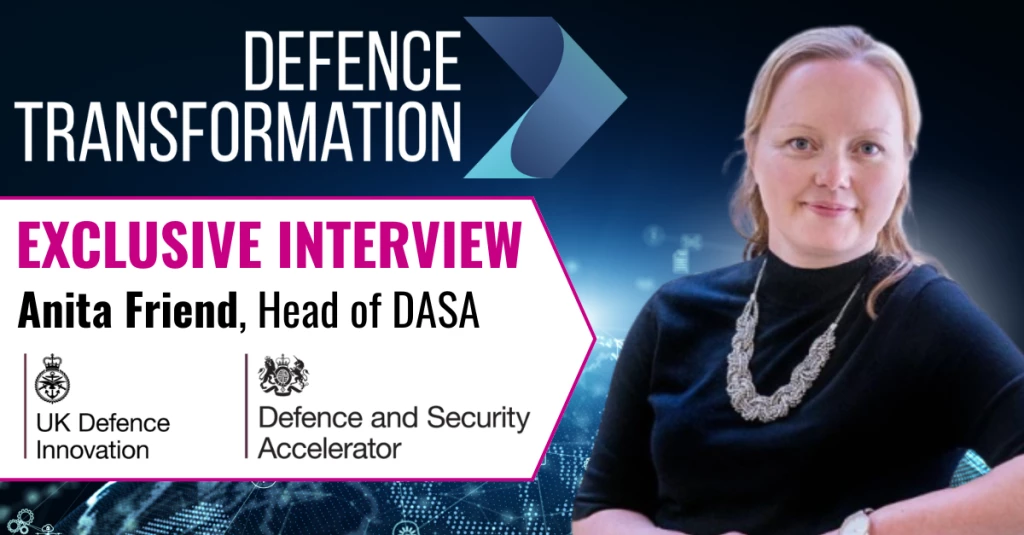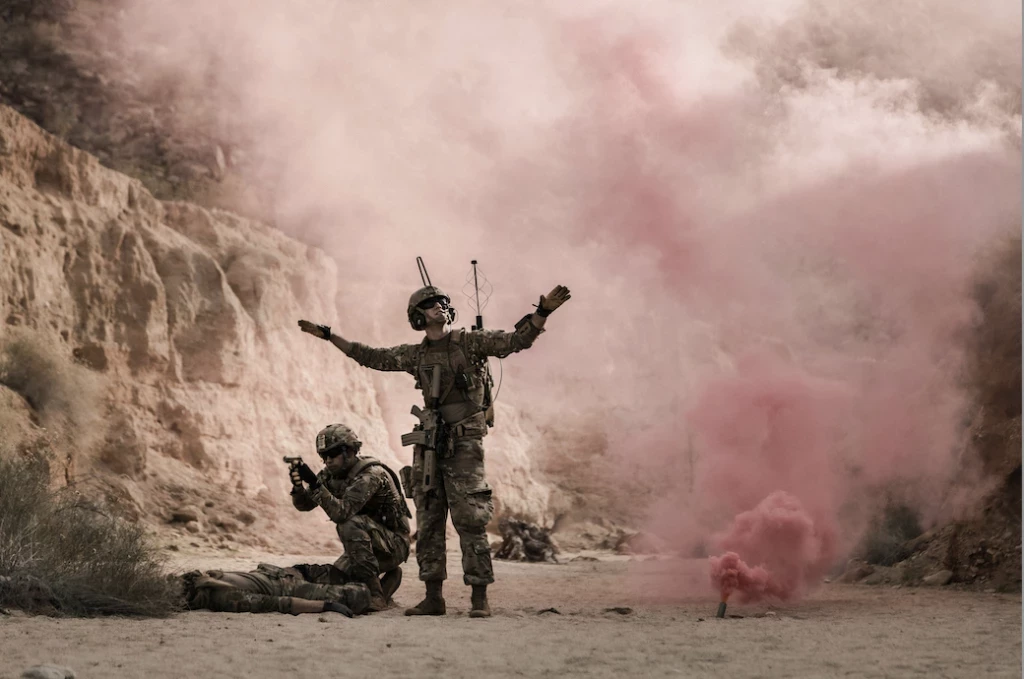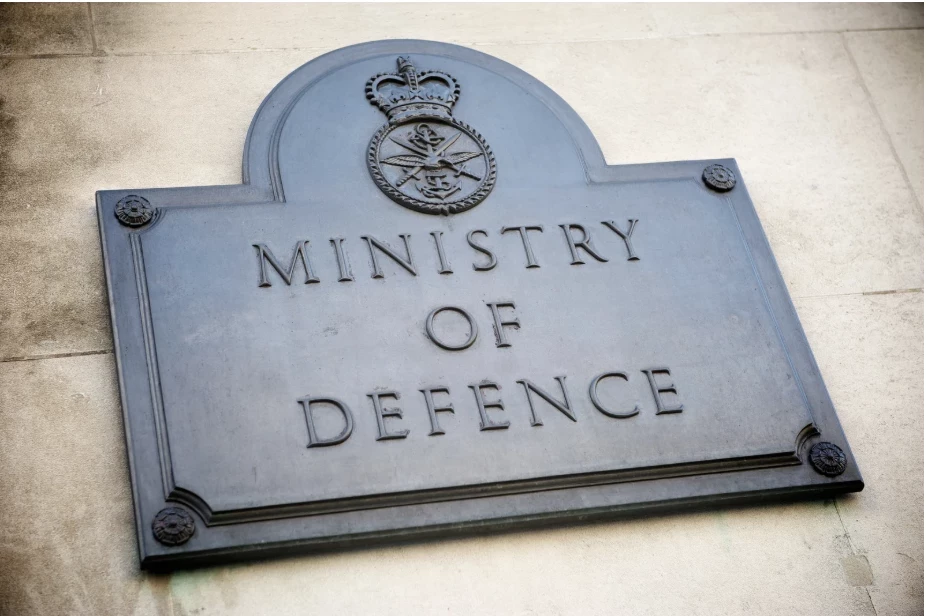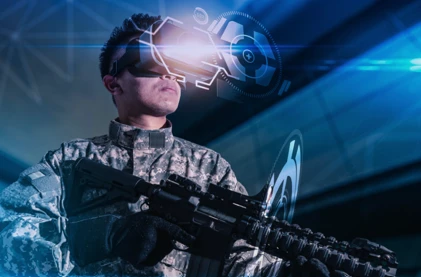Is passive radar the future of air defence? [ERA Interview]
Defence IQ talked to ERA’s Commercial Director Ondřej Chlost and Simulation Production Manager Martin Zach to discuss future air defence and simulation technologies.
Add bookmarkWhat will the future of air defence look like?
Defence IQ: ERA has been innovating in the sector for many years with well-known systems such as the Tamara line of passive radar systems. Can you tell us about the work the company is doing and its current focus?
For part 2 of the interview click here
CHLOST: ERA is a world leader in passive surveillance radar systems and supplier of next-generation surveillance and flight tracking solutions, with applications for military air traffic management and airport operations markets.
For military applications and also for air-traffic management and airport operations markets, ERA can manufacture its products in its own production lines and ship and install them on the site of operations.
Vera NG. Source ERA
ERA offers the unique passive ESM Tracker VERA-NG, also ideal for advanced airspace- or border protection in covert mode. On our internal resources, ERA also covers future multiposition radar technologies like PCL [Passive Coherent Location] MSPSR [Multistatic Primary Surveillance Radar]. VERA-NG passive radar – while “radar” is in fact a wrong terminus as it does not emit any RF signals and can detect hundreds of targets simultaneously.
Read: Is the gap between air defence and air offence growing?
Defence IQ: When was VERA-NG introduced?
CHLOST: In 2010. From 2006 to 2010, we were in American hands as an SRA-subsidiary. During this period, we developed our latest system, the VERA-NG. Since then, the ERA development team has gained a lot of experience during a series of campaigns and military exercises, helping to come up with a more advanced solution that the company now introduces under the name of SICORRA, which I will explain later.
I am convinced that this technology, combined with our other multilateral systems, such as VERA-NG, represents the future for airspace monitoring and tracking.
Defence IQ: Shouldn’t the VERA-NG system see more use compared to traditional radar systems?
"Combat active radars with rotating antennas have a survivability rate of approximately 20 to 30 minutes"
CHLOST: Many are already using it – but as a complementary system. When you look into conflicts such as Yugoslavia or the Gulf, combat active radars with rotating antennas have a survivability rate of approximately 20 to 30 minutes. They are the first targets to get hit. Either by anti-radiation missiles, GPS-guided systems, and Directed Energy Weapons.
Defence IQ: Most of the time, these systems do not even need to be completely destroyed, just taken out of action.
CHLOST: In most cases they are destroyed, as the location of these systems can be clearly identified by satellite, since many of them have remained fixed in the same spot for years. Many modern weapons are very precise and can reliably strike these systems.
TODA principle. Source ERA
VERA-NG adds another sensor layer to an air-defence infrastructure, detecting RF-sources across a significant bandwidth range, like when integrated in an IADS - reducing the time active surveillance radar needs to be switched on at all, enhancing survivability.
Defence IQ: How capable is the system in coverage and in detecting various emitters?
"VERA-NG adds another sensor layer to an air-defence infrastructure"
CHLOST: The technology is so sensitive, that the sensors - usually three remote stations and a central processing station - can detect and pinpoint emitted signals from targets in a Central European environment of radio-visibility and topography. This is up to 400 to 450 kilometres and sometimes beyond.
Read: The Future of ground-based-air-defence
Naturally, one would try to place the sensors on the highest elevated spots. However, in coastal areas, “ducting” may occur, this is when temperature layers over the sea are “bending” the signals from emitters up to 30%. It is also varying how strong these are coming in. Such signals can be anything from IFF-interrogations/SSR/ADSB, V/UHF-communication, tactical datalinks [like Link 16], radio navigation TACAN/DME, jammers and other transmissions.
If you are emitting a stronger signal, the better. Then it is almost real-time. That means even aircraft structurally built to be low-observable are “visible” by their various emissions and can be localised and identified with careful filtering.
Defence IQ: In Austria, we have three RAT-31 fixed surveillance radars on mountain peaks roughly covering an area like from Kaiserslautern, to Wrozlaw and down to Sarajevo. If VERA-NG was introduced – as has been a topic of discussion amongst ministers – would it have the same coverage?
CHLOST: That depends on the mission and what flight-levels you want to have covered. I could state that one system is good enough for the Austrian example, with a range of 450 km it looks as far as your radars. But that’s not true, since you would want to target lower level contacts, and you would need over three systems, depending on the radio-visibility.
Defence IQ: VERA is also mobile, right? One could use “Giraffe” radar in a valley to condense the radar-picture.
CHLOST: Precisely. You can have it mobile and mast-mounted, and you can see examples of that in the USA, Germany, and the Czech Republic. The latter also operating the previous VERA-E with the cylindrical 250 kg antenna. But for all versions, you can select its height and the verified time for its deployment, including the vital shelters.
Demonstration of ERA system. Source ERA
Regarding the mast, which should look over obstacles and forest level, it’s up to the particular sub-contractor the customer chooses. Like our cooperation with Germany’s SMAG, to develop an enhanced mast for the system which will have a height of 25 metres (82 feet).
"Even aircraft structurally built to be low-observable are “visible” by their various emissions and can be localised and identified with careful filtering"
Also, the system can be based on vehicles like a Mercedes, Volvo, Iveco etc.. Regarding manpower, it depends on the traffic, the wave and signals environment. Because of the high grade of automation of VERA, typically one or two operators are needed for a single shift. But if there are a lot of signals to be categorised and processed, it can be more.
For example, large-scale NATO-exercises with dozens or over a hundred of contacts in the air, will require extra hands and brains in prirotising data and contacts.
Defence IQ: And these “‘essential” guys in the shelter are likely to be separated after different areas, tasks?
CHLOST: Definitely, you can separate their tasks after focusing on lower or higher altitude, or perhaps focus on specific geographical regions. There are many filters you can choose from.
Defence IQ: Success also depends on the subsequent question, of how good your signal-library is. The customer should have that, collected over years.
CHLOST: Oh yes, absolutely. When there are 200 targets in the air, we can identify each aircraft and send information to the command-and-control system. If your database is good enough, and your operators are good enough, you can determine the tail number of the aircraft.
Read: Iron Dome: Is a laser-based system a better economic alternative?
And you have to consider the evolving digital battlefield. There are always more emissions adding to the profile of an aircraft, much to our benefit.
Physically, the library is inside our sets and can be considered the “engine” for the whole system. It comes with a modest operational library, based on the fact that every aircraft on its Mode-S transponder has a unique identification.
That is the information we provide. But you are right; it is an open-database-ready for the customer. We learn that often our “Starter-package” is much more precise than what most customers want. In most cases, it is ideal to fill it up from scratch once they are aware how precise the collected data is.
But that varies, and it is also a field that is very regional. You cannot expect, for example, Singapore to have the same targets as a country would in Central Europe.
Defence IQ: Ever increasing computing power and ongoing miniaturisation should be a huge help for the development engineers in a company like yours, correct?
CHLOST: Yes, it helps – but it’s never enough. Confronted with today’s natural and deliberate false targets, you still need a lot of calculations and iterations. Within a second, you need to avoid all false targets and to suppress all the clutter. While one second isn’t bad, we should strive for better.
Defence IQ: And now, there is the new option to train in advance or in proficiency on a simulator for VERA-NG?
Martin ZACH: ERA in fact presented this new simulator to train passive-radar & electronic-support operators in January this year, during the Association of “Old Crows” EW Asia exhibition in Singapore.
The training simulator was developed in cooperation with the Department of Radiolocation at the Brno University of Defence and serves two purposes.
"The simulator significantly decreases the time needed for new users to obtain needed experience without affecting the performance"
Helping to train operators how to proficiently use the VERA-NG system, before the actual delivery of the hardware – which can take between one and two years. But also as a mission planning tool for dislocation. In its later role, the simulator can be used to assist the placement of the VERA-NG and ensure the user can exploit the system to its fullest effect. And later he can train new personnel in the classroom and not blocking the real hardware, which might be deployed in distance somewhere else.
Simulator workstation. Source: ERA
Defence IQ: What are the key benefits?
ZACH: Key benefits are that you have one receiving station to analyse real signals for advanced training. Or that you can have any type of battlefield scenario, like airspace, ground or naval. There is no need to deploy the entire system with its four site stations.
The training simulator significantly decreases the time needed for new users to obtain needed experience without affecting the performance of the operational system. Training can be carried out using data from prepared scenarios or data from one receiving station. Off-line data from another VERA-NG system can also be replayed.
Read: How capable is the S-400 missile system?
Defence IQ: Here IDET, but also at IDEX in Abu Dhabi in February, I noticed several pictures on the monitors presented, how are these workstations tasked?
ZACH: The simulator system comprises the VERA-NG console as a workplace for operators/trainees, a central processing station and receiving universal military module.
Defence IQ: What can they simulate?
ZACH: ERA can deliver various scenarios, reflecting the following themes or ERA experts can create any scenario on demand to create situations which might be rare or almost impossible to find in the real environment.
Like covering navigation flights, dog fights, AWACS-monitoring, close air-support, involving a JTAC on the ground, area mapping, monitoring border crossings or areas, etc. While the simulator is programmed with all the appropriate parameters for the VERA-NG based on it’s in fact real-time-elapse- and time-differences calculations, it can also be programmed with the parameters of third-party passive radars and electronic support measures, once again for use both as a training and mission planning tool.
Defence IQ: The simulator has been delivered to customers as well?
ZACH: I can confirm that our training simulator is in service with some existing VERA-NG customers…
For part 2 of the interview click here



























